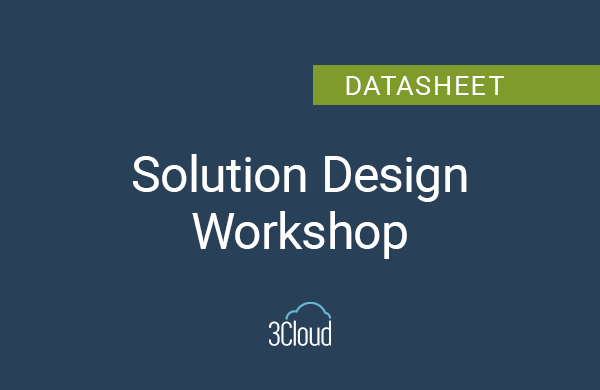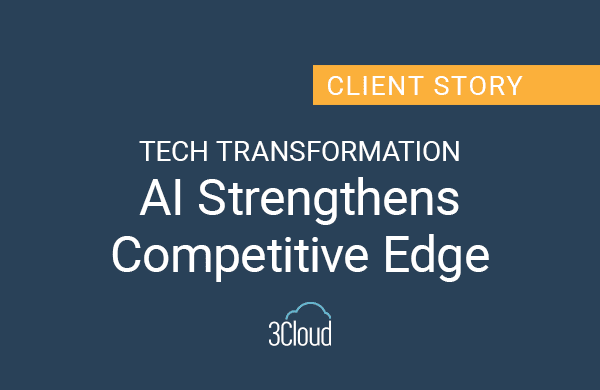Metrics and measures are always on the agenda when Polaris works with organizations new to Agile. We introduce a new, future-proof way for them to get work completed, so it makes sense that the old means of measuring don’t necessarily apply anymore. If you’re looking for modern ways to measure everything about your organization–from key business outcomes to internal processes–here’s a breakdown of some techniques we turn to.
Question Your Goals Before Setting Them In Stone
An easy mistake for organizations to make when it comes to measurement is glossing over the first step: setting goals. many take a traditional, top-down approach to organizational goals, but taking time in the beginning to collectively question your desired outcomes–to ask what you want to achieve and why–can be powerful. That’s all because with business analytics you get what you measure.
If you think your goal is to get more stuff out the door, then velocity can be a great measure. How many user stories did the team get through, and how quickly were they delivered? These metrics, however, can be extremely easy to abuse and manipulate. Anytime you’re measuring velocity, you should consider something to counteract that measure, like quality. Introducing a countermeasure ensures you’re not pushing the team to deliver too much, and also ensures you’re not pushing for gold-plated code at the expense of quantity delivered.
Be Prepared to Adopt New Tools and Techniques
What value is there in getting features out the door if they aren’t the right features? How do you identify the right ones? Luckily, there are a lot of tools available for determining value, or relative value, and ensuring you’re building the right things. Weighted Shortest Job First (WSJF) is a popular prioritization technique born out of the Scaled Agile Framework (SAFe®). It can help you quickly decide if you’re focusing on the right things, but it can also be challenging for teams just starting out. Affinity estimation is another good technique for finding relative value to determine what you should be working on.
Don’t Forget Flow Efficiency
Let’s assume that, between WSJF/affinity estimation, velocity, and quality, you now have the means to (1) know what to build and (2) determine whether you’re developing it on a predictable cadence. Now, you can move onto measurement designed to address second level problems. The first of these is to examine whether you are delivering optimally. In most cases, the metrics organizations are already tracking don’t surface this information.
There are a few new things you can keep an eye on in order to better understand your system. As your organization matures or scales, you can measure your system by measuring flow efficiency. While this is a Kanban concept, that doesn’t mean it’s not applicable outside of Kanban systems. To get to flow efficiency, you’ll need to track two new metrics:
- Lead time
- Overall work time
Lead time is the time from the customer request to the time it’s delivered. Think of this as the time from when you order a pizza to when it shows up on your doorstep. Overall work time is measured by the time working in any state. Taking the pizza analogy further, this would be from the time the store starts making your pizza until it is ready to deliver. If it takes 30 minutes from order to door, and 10 from start of making to ready to deliver, then the flow efficiency of that system is 10/30 = or 33% efficiency.
By measuring flow efficiency, you can start looking at your process to determine if there are any bottlenecks or opportunities to streamline and improve. This will allow you to increase the amount you’re delivering, and with the other metrics you’ve already been capturing you can ensure that it’s all high quality. Starting with these metrics should get you through your first year of Agile development.
At 3Cloud, we always aim to achieve business outcomes done right and on time, the first time. The key to that lies in the adoption of the modern measurement techniques above, balancing velocity with quality, and always improving upon the process.




